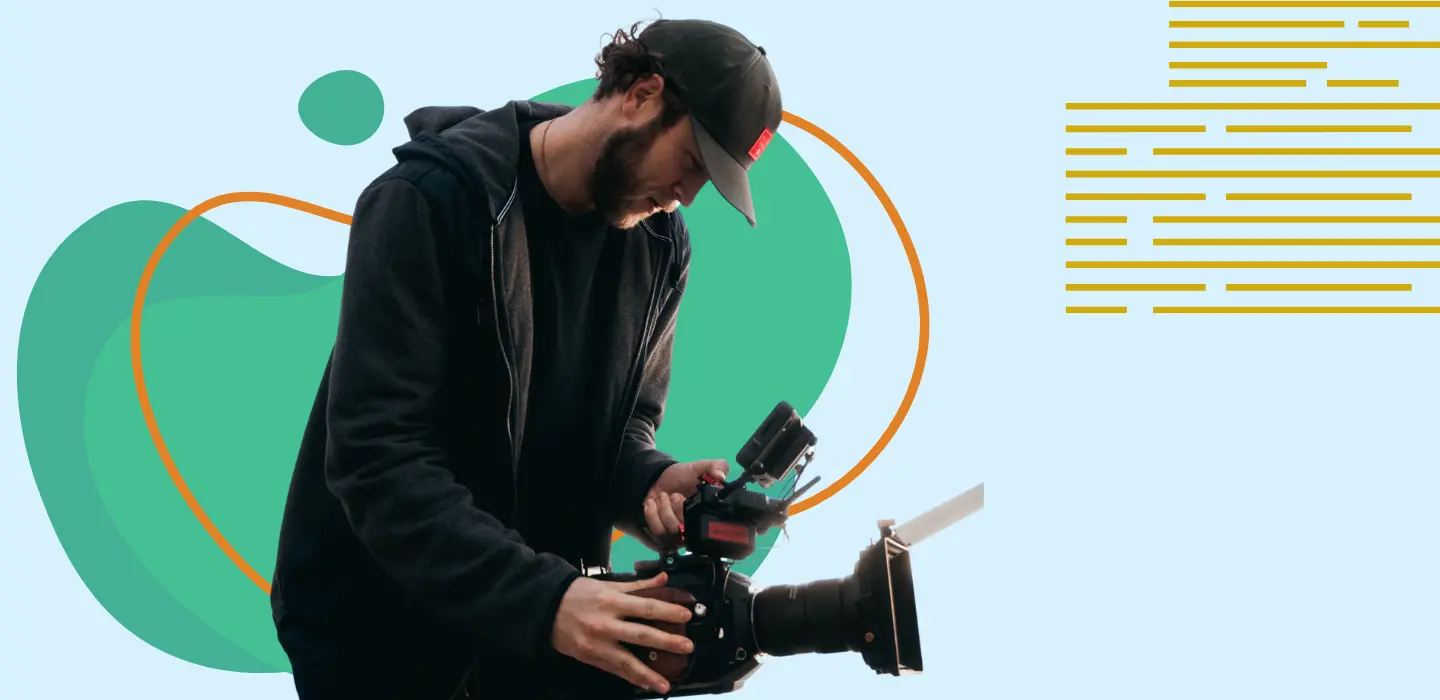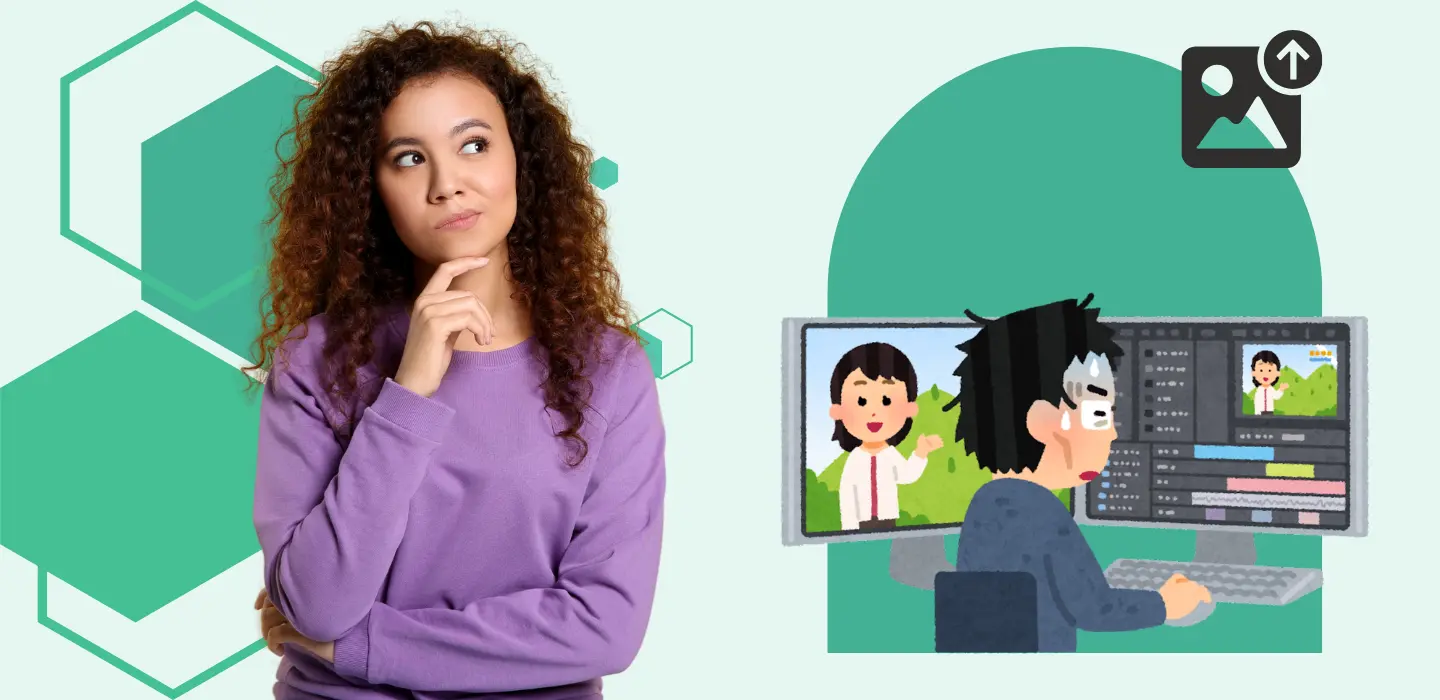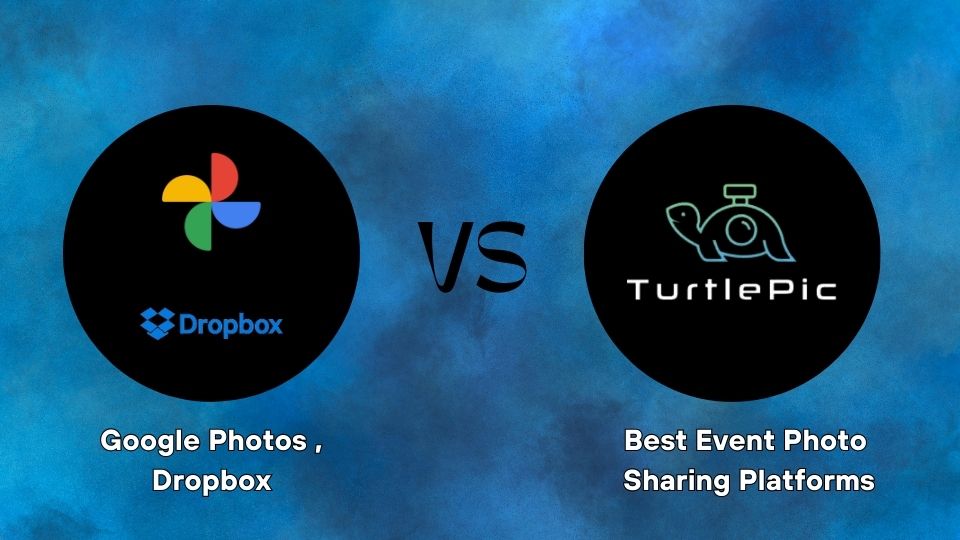Low-light event photography can be challenging, but with the right camera settings and techniques, you can capture stunning images even in dim conditions. Whether you’re covering a wedding, corporate event, or concert, mastering your camera’s settings is essential to avoid blurry or grainy shots.
In this guide, we’ll break down the best camera settings for low-light event photography, helping you achieve sharp, well-exposed images with minimal noise.
1. Shoot in Manual Mode or Aperture Priority Mode
Shooting in Manual Mode (M) gives you full control over your camera’s exposure settings, allowing you to adjust ISO, shutter speed, and aperture according to the lighting conditions.
If you want a balanced approach, Aperture Priority Mode (A or Av) is a great option. In this mode, you select the aperture, and the camera automatically adjusts the shutter speed for correct exposure.
📌 Recommended: Use Manual Mode for complete control or Aperture Priority Mode when lighting conditions change frequently.
2. Use a Wide Aperture (Low f/Number)
A wide aperture allows more light to hit the sensor, making it essential for low-light photography.
🔹 Recommended Aperture Settings:
- f/1.4 – f/2.8 → Best for dim environments (weddings, receptions, concerts)
- f/3.2 – f/4.5 → Works well for moderate lighting conditions
- f/5.6+ → Avoid in extreme low light unless using flash
📌 Tip: Use prime lenses (like 50mm f/1.8 or 85mm f/1.4) for sharper results in low light.
3. Adjust Your ISO Sensibly
ISO determines how sensitive your camera sensor is to light. A higher ISO helps brighten your image in low-light conditions, but too much can introduce noise (grain).
🔹 Recommended ISO Settings:
- ISO 400-800 → Suitable for dimly lit indoor events
- ISO 1600-3200 → Ideal for very low-light situations
- ISO 6400+ → Use only if necessary (some cameras handle high ISO better than others)
📌 Tip: Modern cameras have better noise reduction at higher ISOs, so don’t be afraid to increase it if needed.
4. Use a Slower Shutter Speed (But Not Too Slow!)
Shutter speed controls how long your camera sensor is exposed to light. A slower shutter speed brightens the image but can cause motion blur if it’s too slow.
🔹 Recommended Shutter Speeds:
- 1/100s – 1/200s → Good for general low-light event shots
- 1/60s – 1/100s → Ideal for dim conditions but requires a steady hand or tripod
- Below 1/60s → Risk of blur unless using a tripod or image stabilization
📌 Tip: If your subjects are moving, keep your shutter speed at 1/200s or faster to avoid blur.
5. Enable Image Stabilization
If your camera or lens has Image Stabilization (IS) or Vibration Reduction (VR), enable it. This helps counteract camera shake, allowing you to use slower shutter speeds without introducing blur.
📌 Tip: If shooting handheld in low light, use IS-enabled lenses for sharper shots.
6. Use a Fast Lens for Better Results
Fast lenses (lenses with wide maximum apertures like f/1.8 or f/2.8) are ideal for low-light event photography.
🔹 Recommended Fast Lenses for Low Light:
- 50mm f/1.8 (Budget-friendly and great for portraits)
- 85mm f/1.4 (Perfect for detailed close-ups)
- 24-70mm f/2.8 (Versatile zoom lens for events)
📌 Tip: Invest in prime lenses for the best low-light performance.
7. Shoot in RAW for Better Post-Processing
Shooting in RAW format gives you more flexibility in editing. You can adjust brightness, reduce noise, and recover details from shadows without losing quality.
📌 Tip: RAW files take up more space, so carry extra memory cards when shooting events.
8. Use External Lighting (If Allowed)
If the venue permits, using an external flash or LED light can dramatically improve low-light shots.
🔹 Lighting Options for Low-Light Events:
- On-camera flash → Helps in extremely dark venues
- Off-camera flash → Gives more creative lighting control
- LED light panels → Useful for consistent lighting
📌 Tip: Use bounce flash (pointing the flash at the ceiling or wall) to soften harsh shadows.
Final Thoughts
Mastering low-light event photography is all about balancing aperture, ISO, and shutter speed while using the right gear. By following these camera settings and tips, you’ll be able to capture sharp and well-exposed images, even in challenging lighting conditions.
🎯 Pro Tip: Always test your settings before the event starts to ensure optimal results!
Have any other low-light photography tips? Share them in the comments!











